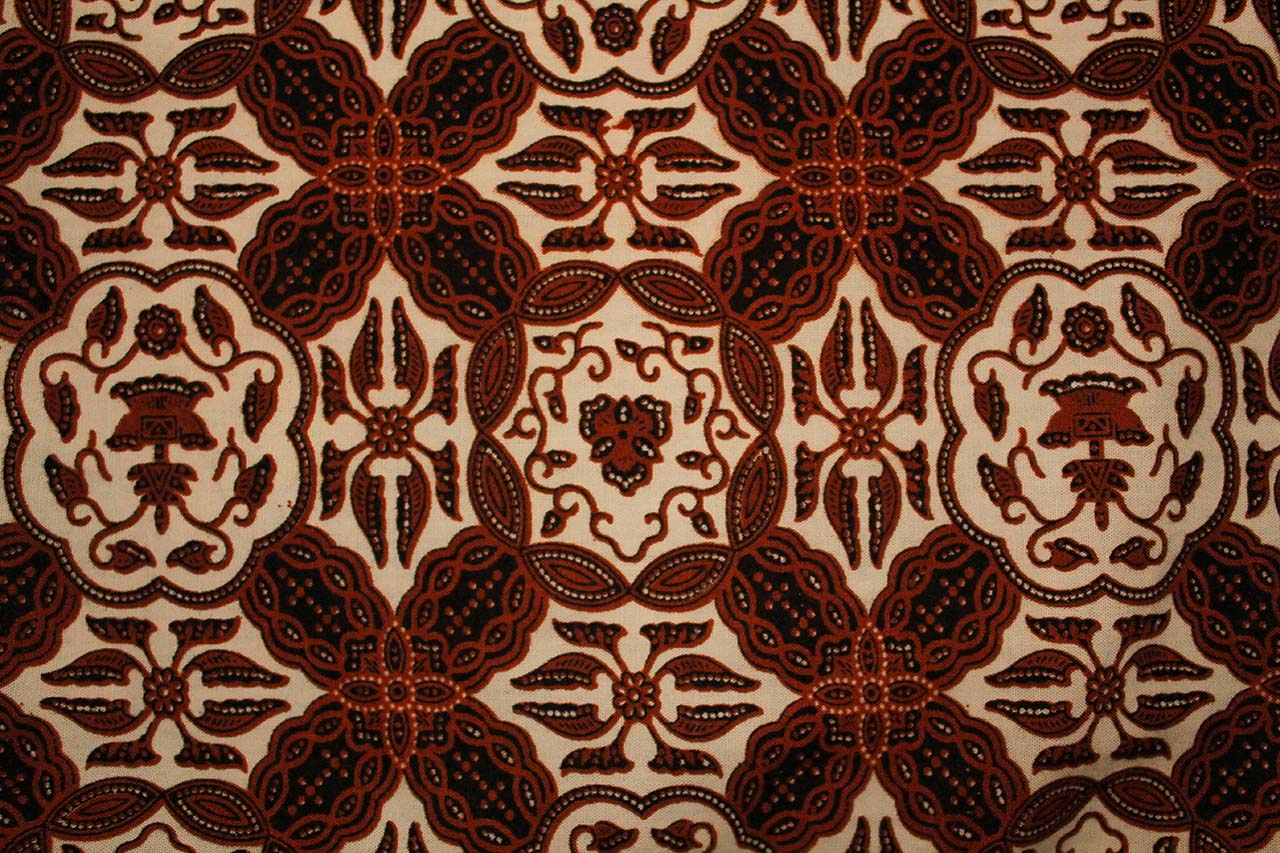
The Origin and History of Tie Dye Around The World

We spend a lot of time thinking about dye, making dye, washing dye off our hands….and so we thought that we should explore the history of tie dye from around the world, starting with its origins to its modern evolution, and share what we’ve learned with you!
Shibori: The Japanese Art of Bound Dyeing
The origin of tie dye has roots in Shibori, a traditional Japanese dyeing technique that dates back to the 8th century during the Nara period. The method involves folding, twisting, bunching, and binding fabric before dyeing it to create intricate and unique patterns. Early examples of Shibori-dyed cloth can be found in the Shōsōin, the treasure house of Tōdai-ji Temple in Nara.
Techniques and Styles
Shibori encompasses various techniques, each producing distinct patterns:

- Kanoko Shibori: This method binds sections of fabric with thread to create small, circular patterns.
- Miura Shibori: It involves plucking sections of fabric with a hooked needle and binding them loosely.
- Kumo Shibori: It produces spider-web-like patterns by pleating and binding the fabric.
- Nui Shibori: This technique utilizes stitching before dyeing and then tightens the stitches to form patterns.
- Arashi Shibori: The fabric is wrapped around a pole and bound before dyeing, resulting in diagonal or storm-like patterns.
Cultural Significance

Historically, Shibori was used to decorate kimonos and other traditional garments. The patterns often indicated social status and occasion. Today, Shibori remains an important part of Japan’s cultural heritage, with artisans continuing to practice and innovate this ancient craft.
Batik: Indonesia’s Wax-Resist Dyeing Tradition

Batik is another ancient dyeing technique that originated in Indonesia, with its earliest evidence found in Java. This method involves applying wax to fabric in intricate patterns, then dyeing the fabric. The wax resists the dye, creating elaborate designs once the wax is removed. The history of tie dye is rich and diverse, with Batik standing out as a significant contribution.
Techniques and Patterns
- Hand-Drawn Batik (Batik Tulis): Artisans use a canting, a small copper tool, to draw detailed patterns with hot wax.
- Stamped Batik (Batik Cap): This technique involves using copper stamps to apply wax patterns quickly and uniformly.
- Combination Batik: Merging hand-drawn and stamped techniques for more complex designs.
Batik holds deep cultural significance in Indonesia with certain patterns being traditionally worn for specific ceremonies and events. In 2009, UNESCO recognized Indonesian batik as a Masterpiece of Oral and Intangible Heritage of Humanity, highlighting its cultural importance.
Other Traditional Dye Traditions:
There are so many other dye traditions from around the world that you can learn about including Bandhani from India, Plangi and Tritik from Indonesia, Mudmee from Thailand and Laos, and Adire for those beautiful prints from Nigeria. Learning about all of the ways that dye has been embraced by cultures around the globe would be a lifetime study, of course!
The 60s & 70s – History of Tie Dye Shirts

Modern tie-dye emerged in the 1960s in the United States. Tie dye shirts draw their origins from traditional resist dyeing techniques like Shibori and Batik, evolving into a vibrant symbol of the counterculture movement. The Grateful Dead and their fans, hippies, bohemians, and the Flower Children all embraced tie dye for its bold colors and unique, psychedelic patterns that represented freedom, individuality, and a rejection of societal norms. Popular designs from this era include spirals, hurricanes, and bullseyes.
Evolution into Modern Unstructured Designs and Dye Washes
As tie dye has transitioned into the modern era, it has shed its strictly hippie connotations and has found a significant place in modern fashion, particularly in casual and festival wear. It embodies a relaxed, carefree aesthetic that resonates with those who appreciate individuality and self-expression. Unstructured dye techniques, where dye is applied in a less controlled fashion, allow for unique, often one-of-a-kind pieces. These methods have paved the way for new trends like dye washes, where the fabric is lightly and unevenly dyed to create a soft, shadow-like effect, adding texture and depth to a garment. These modern dye methods celebrate the beauty of imperfection and randomness, making each garment a distinct work of art.
We like to think that our tie dye is much more than fashion; it’s a vibrant declaration of identity and creativity rooted in classical dye traditions!
Tie Dye Wholesaler - November 07, 2024